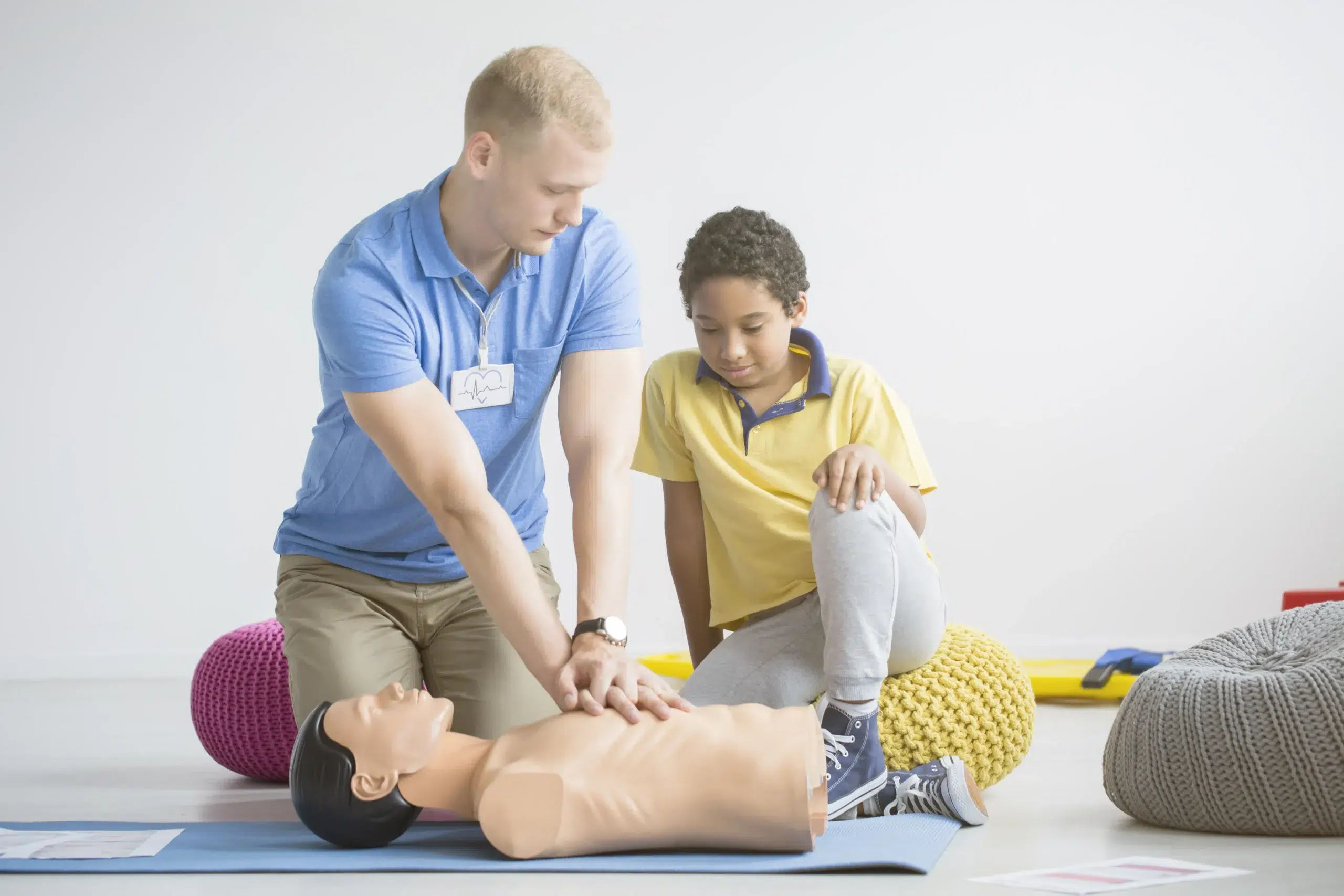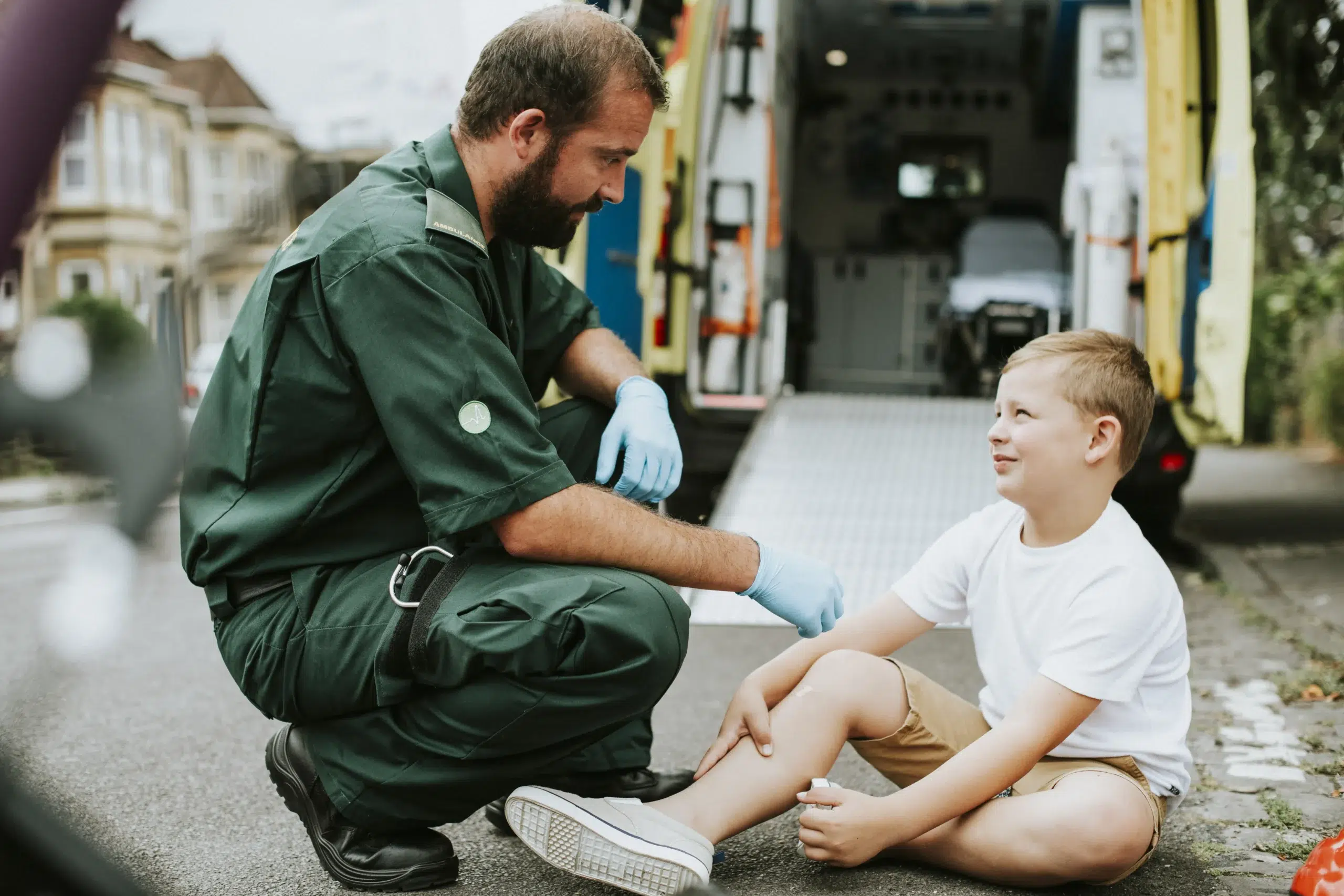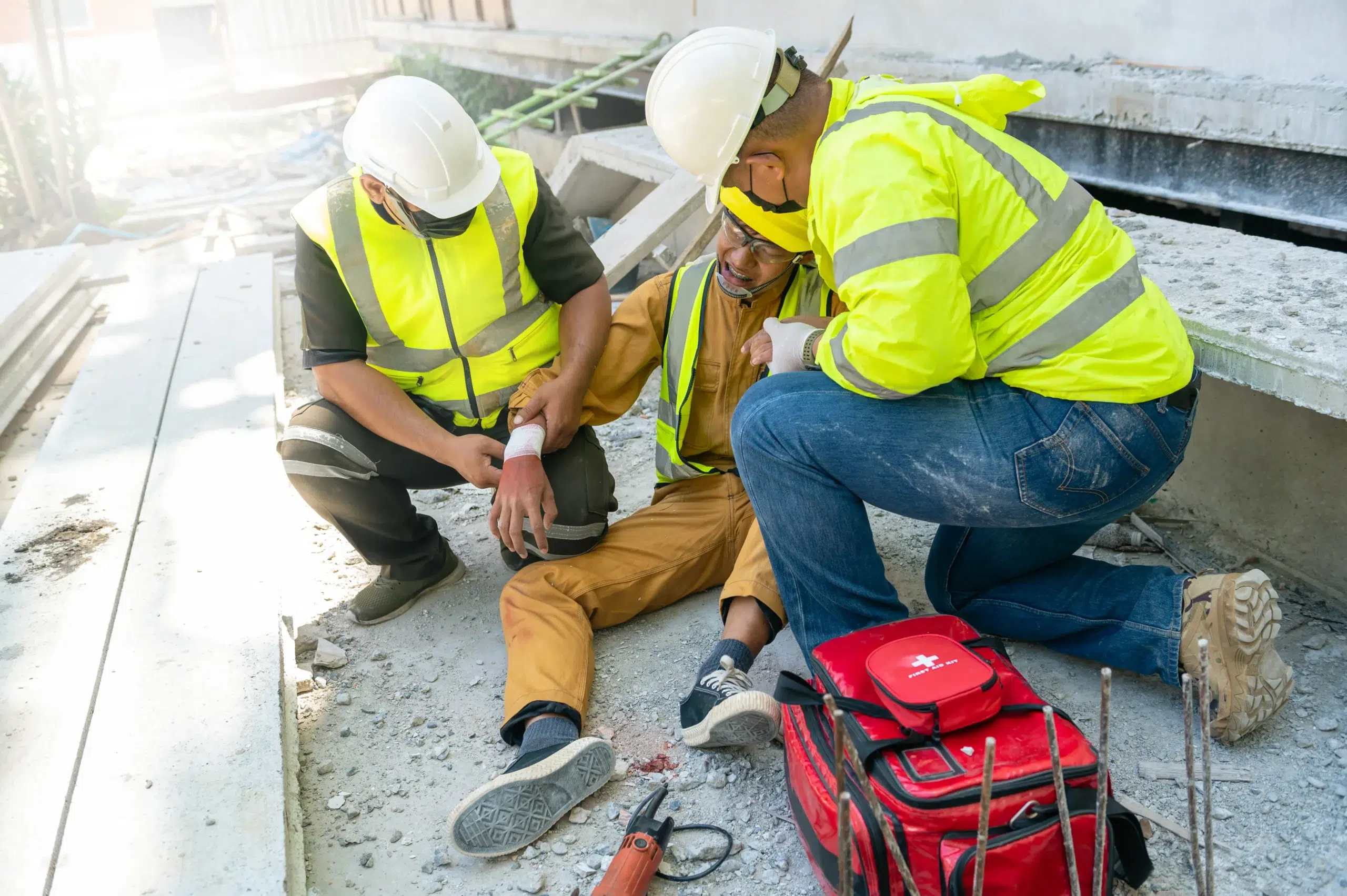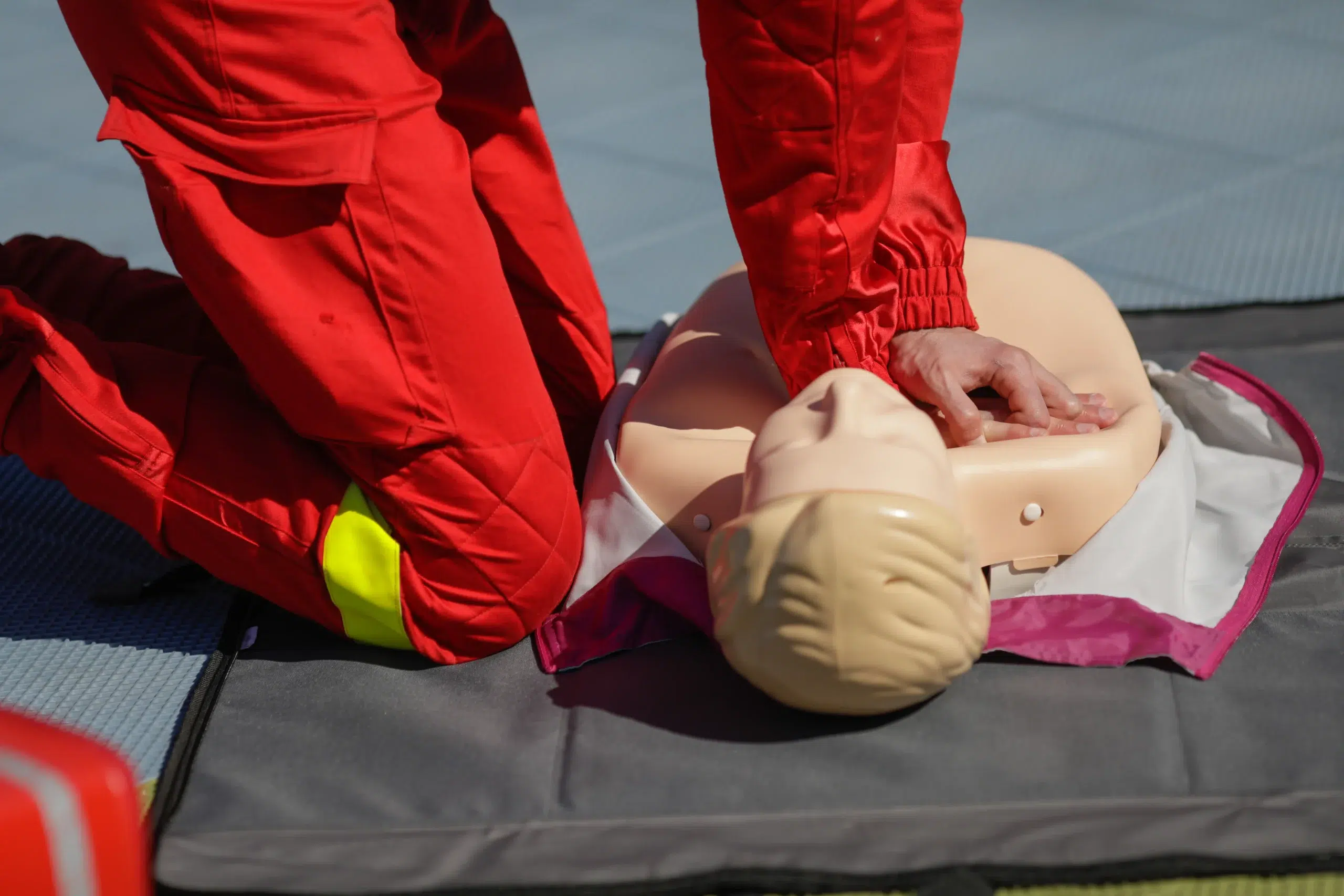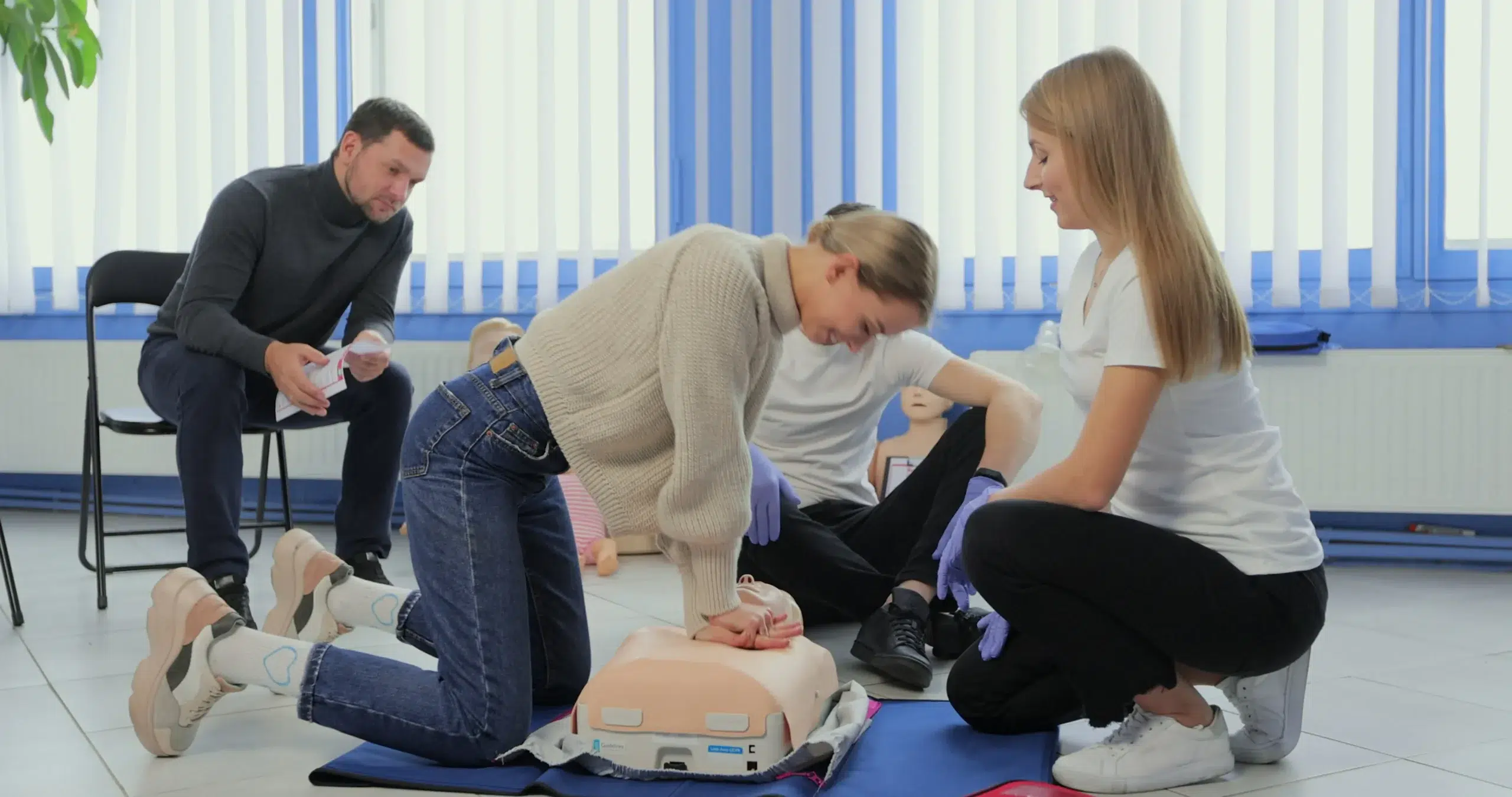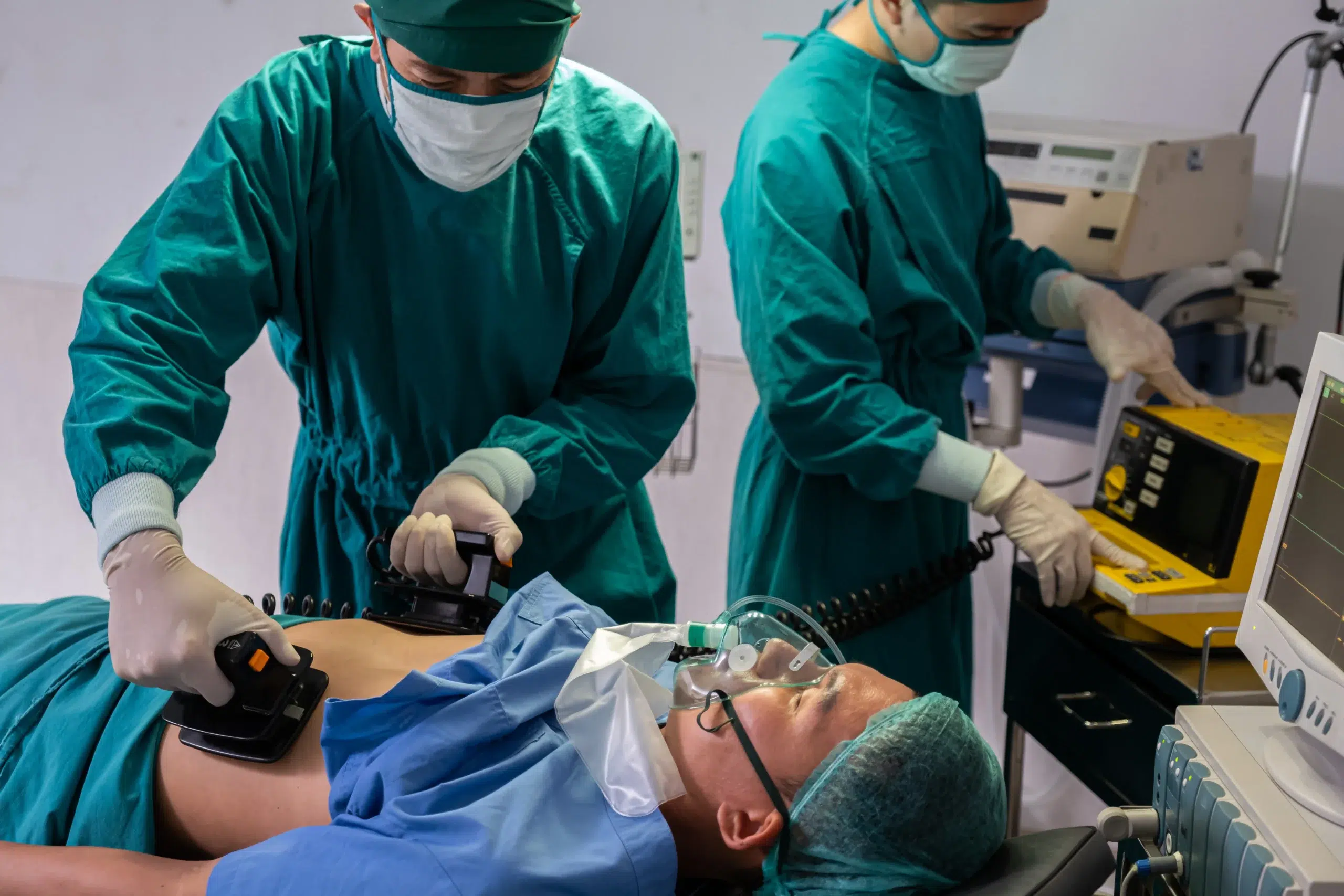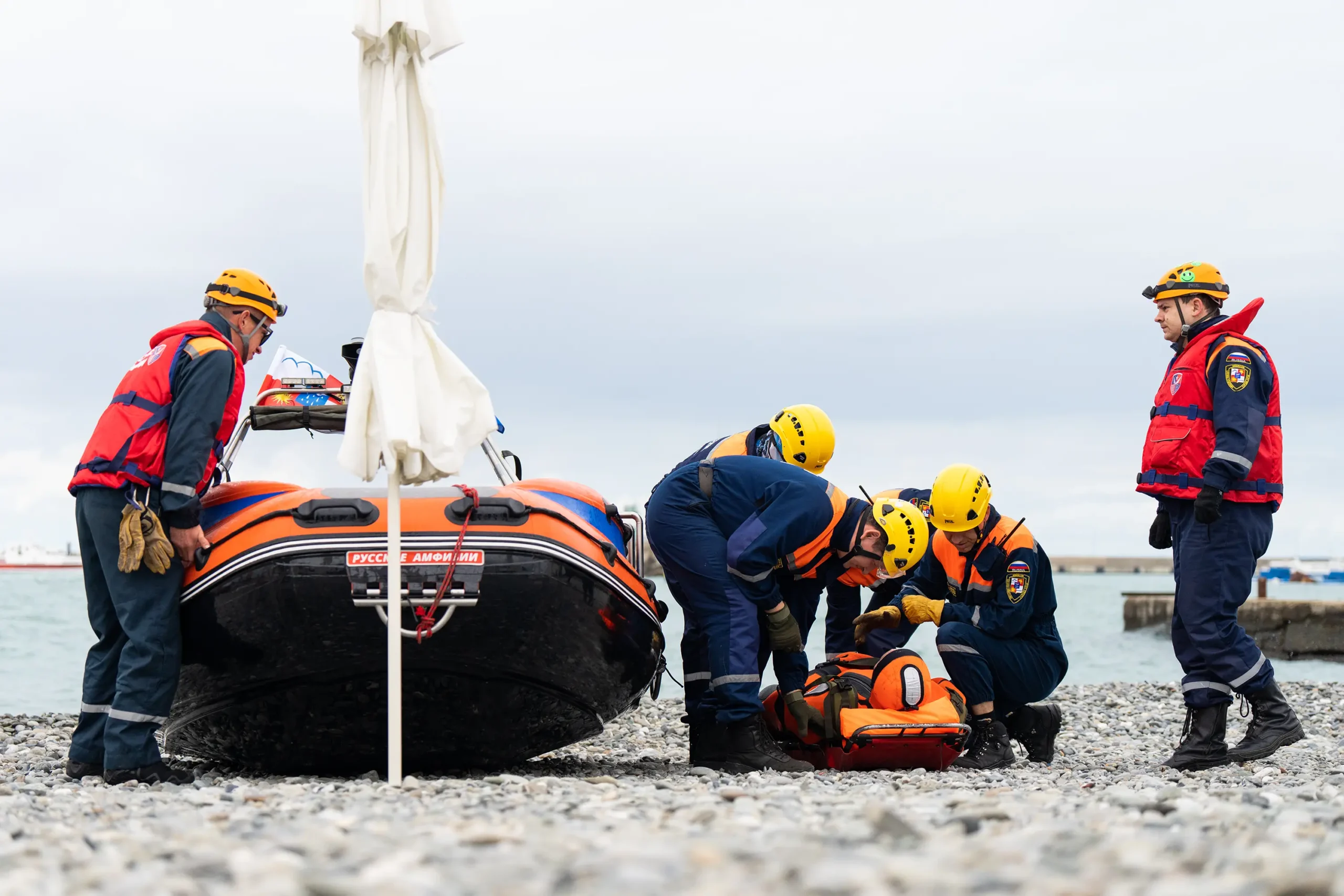In a bustling city like Daly City, where families and children are at the heart of our community, being prepared for the unexpected is paramount. Accidents happen, and knowing how to respond quickly and effectively can make all the difference in a child’s life. That’s where pediatric CPR and first-aid training comes in. This guide will provide you with a comprehensive overview of pediatric CPR and first-aid in Daly City, covering everything from the basics of CPR to finding the right training course and staying up-to-date with the latest recommendations. Empower yourself with the skills to protect the children in your community.
Key Takeaways
- Be prepared for pediatric emergencies: Learning pediatric CPR and first aid empowers you to confidently handle situations ranging from minor injuries to life-threatening events. Seek out a reputable training center with certified instructors.
- Choose the right course for your needs: Consider factors such as class format, schedule, cost, and certification requirements when selecting a course. Look for options that align with your specific circumstances and learning style.
- Maintain your skills through practice and recertification: Regularly practicing CPR and first-aid techniques helps build muscle memory and confidence. Recertification ensures your knowledge stays current and your skills remain sharp.
What is Pediatric CPR and First-Aid?
Knowing how to respond to medical emergencies involving children is a critical skill for parents, caregivers, and anyone working with young kids. Pediatric CPR and first-aid training equips you with the knowledge and techniques to handle situations ranging from minor injuries to life-threatening events. Let’s break down what each of these entails:
What is Pediatric CPR?
Pediatric CPR is a specialized life-saving technique adapted for infants and children. It addresses the distinct physiological differences between young ones and adults. Because children have smaller bodies and different anatomy, CPR techniques are modified to be both safe and effective. These modifications include variations in compression depth, rate, and the way rescue breaths are administered. This specialized approach ensures that the right amount of pressure and airflow is delivered, maximizing the chances of a positive outcome.
Why is First-Aid Important for Children?
Children are naturally curious and active, which unfortunately makes them prone to minor injuries like cuts, scrapes, and burns. Understanding basic pediatric first-aid helps you address these everyday situations calmly and effectively. More importantly, first-aid knowledge prepares you for more serious medical emergencies. Knowing how to respond to allergic reactions, choking incidents, or sudden illnesses can make a crucial difference in a child’s recovery. Solid pediatric first-aid training empowers parents and caregivers to provide immediate care, potentially minimizing complications and even saving lives. For more comprehensive information, resources like this article on pediatric first aid can be incredibly helpful.
Key Differences: Adult vs. Pediatric CPR
While the core principles of CPR remain consistent, there are key differences between adult and pediatric CPR. These differences stem from variations in body size and developmental stage. For example, the depth of chest compressions for children is shallower than for adults, reflecting their smaller chests. The rate of compressions may also vary. Additionally, the method for delivering rescue breaths might differ, particularly for infants. Understanding these distinctions is essential for providing safe and effective CPR to a child in need. This article debunks common CPR myths, further highlighting the importance of proper training. Training courses emphasize these differences, ensuring you’re prepared to handle pediatric emergencies with confidence. For more insights into common CPR misconceptions, you can explore additional resources available online.
Find Pediatric CPR & First-Aid Classes in Daly City
Knowing where to find good training is the first step. This section breaks down what to look for and who offers these essential courses in and around Daly City.
Available Courses & Certifications
Daly City offers various pediatric first-aid training options, including CPR and first-aid certification courses designed for pediatric emergencies. You’ll find courses covering infant and child CPR, choking relief, and basic first aid for common childhood injuries. Look for certifications accredited by a recognized organization like the American Heart Association (AHA). These certifications are widely respected and demonstrate a commitment to high-quality training.
Class Formats & Schedules
Flexibility is key when you’re balancing work, family, and other commitments. Many providers offer classes daily, often with evening and weekend options to accommodate busy schedules. Check with specific training centers for their schedule and see if they offer blended learning (online coursework combined with in-person skills sessions). A low-price guarantee can also be helpful when choosing a class.
Instructor Qualifications & Experience
The quality of your training depends heavily on the instructor. Experienced, certified instructors bring real-world knowledge and best practices to the classroom. Look for classes taught by certified American Heart Association instructors. Their expertise will give you the confidence and skills to respond effectively in an emergency.
Local Training Providers
Here are a few local providers offering pediatric CPR and first-aid training:
Millbrae CPR Classes
Millbrae CPR Classes offers comprehensive training in pediatric CPR and first aid, catering to parents, caregivers, and professionals. They focus on practical skills and provide a supportive learning environment.
In Home CPR
For added convenience, In Home CPR brings certified instructors directly to your home or office in the Millbrae area. This personalized approach allows for focused learning and flexible scheduling.
CPR EDU
CPR EDU provides CPR classes and certification in Daly City, with a focus on both adult and pediatric care. They offer various course formats to fit different learning styles.
Bay Area CPR
Bay Area CPR (Safety Training Seminars) offers AHA-certified courses, including CPR, BLS, ACLS, and PALS, in Millbrae. Their comprehensive training covers a range of emergency response skills.
Benefits of Pediatric CPR Training (and Debunking Myths)
Knowing how to respond in a medical emergency involving a child can be life-changing. Pediatric CPR and first-aid training gives you the skills to handle such situations. Let’s explore the key advantages of this training and debunk some common misconceptions.
Learn Life-Saving Skills for Emergencies
Pediatric emergencies can happen anytime. A child could choke on a small toy, have a sudden allergic reaction, or experience a near-drowning incident. Being prepared is crucial. Pediatric first-aid training teaches you how to recognize and respond to various emergencies, providing immediate care until professional help arrives.
Build Confidence in a Crisis
Picture yourself facing a medical emergency involving a child. It’s a stressful situation, and knowing what to do can significantly impact the outcome. CPR training builds your confidence and reduces panic. Instead of feeling helpless, you’ll have the skills to take charge and provide essential care. This confidence extends beyond emergencies, making you a more prepared caregiver. Check out our CPR and First Aid classes to learn more.
Common Misconceptions About Pediatric CPR
Several myths often deter people from pursuing CPR training. One misconception is that performing CPR incorrectly is still effective. While any attempt to help is commendable, using incorrect techniques can reduce its effectiveness. Another myth is that CPR training is time-consuming and complicated. CPR courses are designed to be straightforward and accessible. Don’t let these misconceptions hold you back.
Key Training Takeaways
The statistics surrounding pediatric emergencies are compelling. Thousands of children experience out-of-hospital cardiac arrests each year. Many parents lack confidence in performing CPR on their child. This highlights the critical need for pediatric CPR and first-aid training. These skills are essential for anyone who cares for children, including parents, grandparents, babysitters, and teachers. Taking a CPR class is an investment in the safety and well-being of the children in your life. Millbrae CPR classes offers various options, including our discount group classes.
Choose the Right Pediatric CPR & First-Aid Course
Picking the right pediatric CPR and first-aid course is a smart move, especially if you’re considering a career in childcare or education. But even if you’re a parent, grandparent, or just someone who wants to be prepared, choosing the right course matters. Here’s what to think about:
Factors to Consider
Beyond the basics, think about what you need from your training. Do you need a general pediatric first-aid course, or are you looking for something more specialized? For example, if you work at a summer camp, you might want a course that covers wilderness first aid for kids. If you’re a nanny, a basic pediatric CPR and first-aid certification might be perfect. Consider your specific environment and the types of emergencies you might encounter.
Costs & Discounts
CPR course fees in Millbrae can change depending on the course type and provider. Basic CPR and first-aid courses are typically less expensive than advanced courses like ACLS or PALS. Look for training centers, like Millbrae CPR Classes, that offer a low price guarantee or discounts for groups to make the training more affordable. It’s always a good idea to compare prices and see what works best for your budget.
Certification Requirements & Validity
It’s important to remember that all American Heart Association (AHA) BLS certifications are valid for two years. This means you’ll need to recertify to keep your skills current. When choosing a course, make sure the certification is recognized and accepted in your field. For instance, if you’re working towards a healthcare career, an AHA certification is often preferred. Check out the available RQI classes for convenient recertification options.
EMSA Childcare Compliance
If you’re a childcare provider in California, you’ll need to meet specific requirements set by the Emergency Medical Services Authority (EMSA). Make sure the course you choose is EMSA-compliant. Millbrae CPR Classes offers EMSA-certified Pediatric CPR, First-Aid, and Health and Safety training courses, ensuring you meet all the necessary regulatory standards. Double-checking these requirements will save you time and ensure you’re fully compliant.
Prepare for Your Pediatric CPR & First-Aid Class
Getting ready for your pediatric CPR and first-aid class can help you make the most of your training. Knowing what to expect, understanding the materials involved, and using a few learning strategies can make a real difference in your preparedness and confidence.
What to Expect During Training
Pediatric CPR and first-aid classes cover essential skills you’ll need in an emergency involving a child. You’ll learn how to respond to various situations, from breathing emergencies to injuries. Expect a combination of instruction, demonstrations, and hands-on practice. The class will cover child CPR, infant first aid, and other procedures specifically designed for children. This focus on pediatric-specific techniques is crucial, as children have different physiological responses than adults.
Provided Materials & Equipment
Most classes provide the necessary training materials and equipment. This typically includes mannequins designed for practicing CPR and other hands-on skills. These realistic mannequins allow you to experience the physical sensations of performing compressions and rescue breaths on an infant or child. Working with this equipment is key to developing muscle memory and comfortable performing the techniques in a real emergency.
Tips for Learning Effectively
A few simple strategies can help you get the most out of your training. Before class, take a look at any provided course materials to familiarize yourself with the topics. During the training, actively participate by asking questions and engaging in discussions. Don’t hesitate to ask for clarification if anything is unclear. After the class, practice the techniques regularly to reinforce what you’ve learned. Consistent practice builds confidence and helps you retain the information long-term. Consider practicing with a friend or family member to make it more engaging. You can also find helpful resources and refreshers online, such as videos demonstrating proper techniques. Being prepared and actively involved in your learning will make you a more competent and confident caregiver in the event of a pediatric emergency.
Use & Maintain Your Skills
Knowing pediatric CPR and first-aid is like having a superpower, but it’s one you need to keep sharp. This isn’t a “learn it once and you’re done” kind of skill. Regular practice and recertification are key to staying prepared and confident in a real emergency.
Handle Common Pediatric Emergencies
Pediatric first-aid covers a wide range of situations, from minor cuts and scrapes to more serious events like choking, allergic reactions, and breathing difficulties. A quality pediatric first-aid course will teach you how to recognize the signs of these common emergencies and respond effectively. This essential knowledge empowers parents and caregivers to provide immediate care, potentially minimizing complications and even saving a child’s life. Think of it as your toolkit for handling the unexpected.
Practice Regularly
Just like any skill, CPR and first-aid require regular practice to stay fresh in your mind. Imagine trying to remember the steps of CPR under pressure if you haven’t practiced in years. It’s not enough to simply attend a CPR and First Aid class; you need to keep those skills honed. Regularly reviewing the material and practicing the techniques will build your muscle memory and confidence, allowing you to react quickly and efficiently in a real emergency. Consider practicing with family members or friends to make it a group activity.
Recertify Your Skills
Even if you practice regularly, recertifying your CPR and first-aid skills is crucial. Guidelines and best practices can change, and recertification ensures your knowledge is up-to-date. Plus, let’s be honest, even with the best intentions, performing CPR incorrectly can actually do more harm than good. Debunking common CPR myths is a key component of refresher courses. Think of recertification as a tune-up for your life-saving skills, ensuring they’re as effective as possible when they matter most. It’s a small investment of time that can make a world of difference, especially considering that thousands of children experience out-of-hospital cardiac arrests each year.
Related Articles
- Pediatric CPR & First Aid Classes in San Mateo – Millbrae CPR Classes
- First-Aid Training in Daly City: Your Guide – Millbrae CPR Classes
- CPR Certification in Daly City: Your Guide – Millbrae CPR Classes
- Debunking Common CPR Myths for Life-Saving Success
- The Science Behind Effective CPR: A Comprehensive Guide
Frequently Asked Questions
What’s the difference between adult and child CPR? Child CPR uses gentler techniques than adult CPR because of a child’s smaller size and more delicate physiology. This includes shallower chest compressions and sometimes a different approach to rescue breaths. Specific training in pediatric CPR is essential to provide safe and effective care.
Where can I find pediatric CPR and first-aid classes near me? Several organizations offer these courses, including hospitals, community centers, and specialized training providers like Millbrae CPR Classes. Online searches can help you locate classes in your area, and many providers offer flexible schedules to accommodate busy lifestyles. Look for classes that are convenient, affordable, and taught by certified instructors.
How often do I need to recertify my CPR and first-aid training? CPR and first-aid certifications typically expire every two years. Recertification ensures your skills and knowledge are current, as guidelines and best practices can change. Regular refresher courses help maintain your confidence and competence in responding to emergencies.
What if I’m nervous about performing CPR in a real emergency? It’s completely normal to feel apprehensive. That’s why training includes hands-on practice and emphasizes building confidence. Regularly reviewing the techniques and even practicing with friends or family can help reduce anxiety and prepare you to act calmly and effectively under pressure.
Why is it so important to learn pediatric CPR and first-aid? Emergencies involving children can happen unexpectedly, and knowing how to respond can make a critical difference. These skills empower you to provide immediate care, potentially minimizing harm and even saving a life. Whether you’re a parent, caregiver, or simply want to be prepared, having these skills offers invaluable peace of mind.
